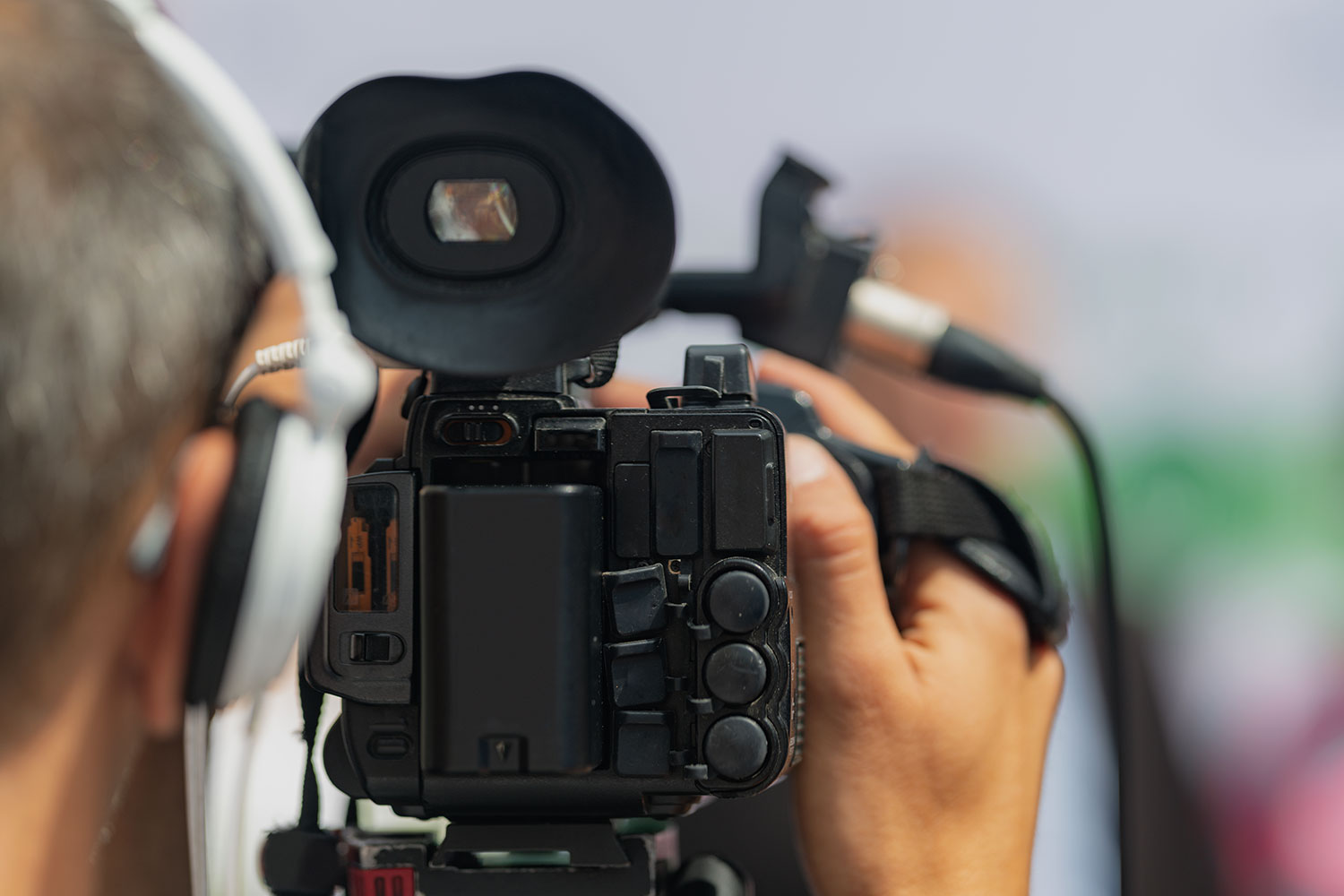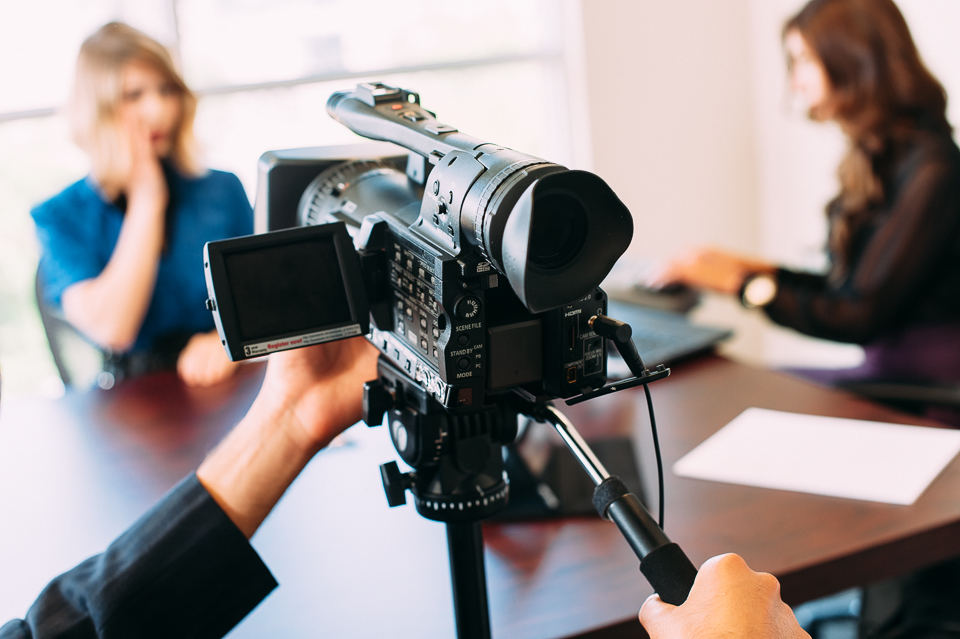Legal Videography: An Innovative Approach to Capturing Legal Testimonies
Legal Videography: An Innovative Approach to Capturing Legal Testimonies
Blog Article
The Relevance of Legal Videography in Modern Legal Proceedings
In contemporary legal settings, the integration of legal videography has come to be increasingly substantial, offering as a vital device in the paperwork and presentation of evidence. As the legal landscape evolves with technological advancements, the effects of premium videography extend past plain documents, raising crucial concerns about its effect on judicial results and the total stability of the lawful process.
Meaning of Legal Videography
Legal videography refers to the specialized technique of recording sound and aesthetic web content for use in lawful settings. This method encompasses numerous kinds of recordings, consisting of depositions, witness statements, and trial presentations, which offer to record crucial facets of lawful procedures. The primary purpose is to produce an accurate and reputable aesthetic record that can be utilized in court or for pre-trial prep work.
Legal videographers are trained professionals that use innovative recording equipment and strategies to ensure high-quality video clip and audio capture. They are fluent in the legal criteria and needs regulating the admissibility of video evidence, making their experience indispensable in the lawful procedure.

Advantages in Lawful Proceedings
The consolidation of legal videography into modern lawful procedures offers numerous benefits that improve both the efficiency and performance of the judicial process. One main benefit is the precise and permanent paperwork of courtroom procedures, which can be invaluable for appeals and record-keeping. Unlike standard transcription methods, video catches non-verbal hints and the overall context of statements, providing a richer, extra nuanced account of occasions.
In addition, legal videography can enhance the discussion of evidence (legal videography). By visually demonstrating aspects of a situation, such as mishap repairs or professional analyses, lawyers can convey complex details extra properly, making it simpler for judges and juries to realize crucial points. This can cause even more educated decision-making and outcomes
Furthermore, lawful videography promotes accessibility. Videotaped depositions can be reviewed remotely, permitting legal teams to prepare even more thoroughly without the restrictions of geographical restrictions. This comfort aids in case preparation and technique development.
Finally, the expert top quality of videography offers credibility to the procedures, reinforcing the severity and significance of the legal process. legal videography. In summary, lawful videography considerably adds to a much more clear, effective, and impactful judicial system


Enhancing Witness Testimonies
Witness statements play an important duty in Continue legal proceedings, and using videography significantly enhances their effect and performance. By capturing the subtleties of a witness's demeanor, tone, and body movement, legal videography supplies a thorough understanding of the statement that composed transcripts alone can not convey. This graph aids in protecting the witness's initial declarations, making sure that jurors and lawyers can perceive the testament in its desired form.
Moreover, videography permits a much more interesting presentation of proof, as jurors are usually extra receptive to audio-visual materials compared to conventional paperwork. The capability to observe a witness's mood boosts the credibility of their declarations, consequently boosting the influential power of their statement. Furthermore, video clip recordings can be used for training and preparation, allowing attorneys and witnesses to evaluate and refine their presentations.
In instances where witnesses may be not available for trial, videography ensures that their testaments can still exist, guarding the stability of their accounts. On the whole, the combination of videography in legal proceedings noticeably enhances the quality and dependability of witness testaments, cultivating a more enlightened and fair judicial procedure.
Effect On Jury Recognizing
Capturing witness testaments on video clip not just enhances their delivery but also considerably influences jury understanding of the instance. The aesthetic and acoustic components of video clip recordings give jurors with an extra immersive experience, allowing them to regard nuances in tone, body language, and psychological expressions that might be shed in composed records. This multi-sensory interaction promotes a much deeper connection with the testimony, aiding jurors in realizing the intricacies of the situation.
Furthermore, lawful videography can help clear up intricate details and guarantee that bottom lines exist in a systematic fashion. Jurors frequently value the chance to revisit vital testimonies throughout deliberations, reinforcing their comprehension of the proof. The capability to observe a witness's demeanor can additionally impact their integrity analysis, as jurors may develop judgments based on aesthetic signs that resonate with their understandings of truthfulness and dependability.
Moreover, the use of video clip can improve the discussion of evidence, making it more obtainable and remarkable for jurors. In general, the strategic execution of lawful videography plays a pivotal look at here function in improving court understanding, eventually adding to a fairer and a lot more educated legal process.
Future Trends in Legal Videography
Increasingly, lawful specialists are acknowledging the transformative capacity of arising innovations in legal videography. As the legal landscape advances, the combination of expert system (AI) and artificial intelligence is readied to change the way video evidence is captured, refined, and presented. AI algorithms can examine substantial quantities of video clip footage to determine relevant sectors, boosting performance and making certain that crucial information is not neglected.
Additionally, advancements in online fact (VR) and augmented reality (AR) are positioned to provide immersive experiences in court rooms. These innovations allow jurors to envision crime scenes or comprehend intricate circumstances in a more interesting way, potentially boosting their comprehension and retention of proof.
The rise of cloud-based services likewise assists in the safe and secure storage space and sharing of video clip proof, enabling seamless collaboration amongst legal teams. legal videography. As remote hearings become much more typical, top notch legal videography will play a vital duty in ensuring that remote testaments are captured accurately and offered successfully
Conclusion
Finally, lawful videography works as a crucial tool in modern legal procedures, boosting the precision and clearness of proof discussion. By recording witness testimonies in an aesthetic format, it recommended you read helps with a deeper understanding for jurors and protects essential declarations for future referral. As innovation remains to progress, the integration of top notch videography is expected to increase, even more strengthening its duty in promoting the stability and performance of the legal procedure.
Report this page